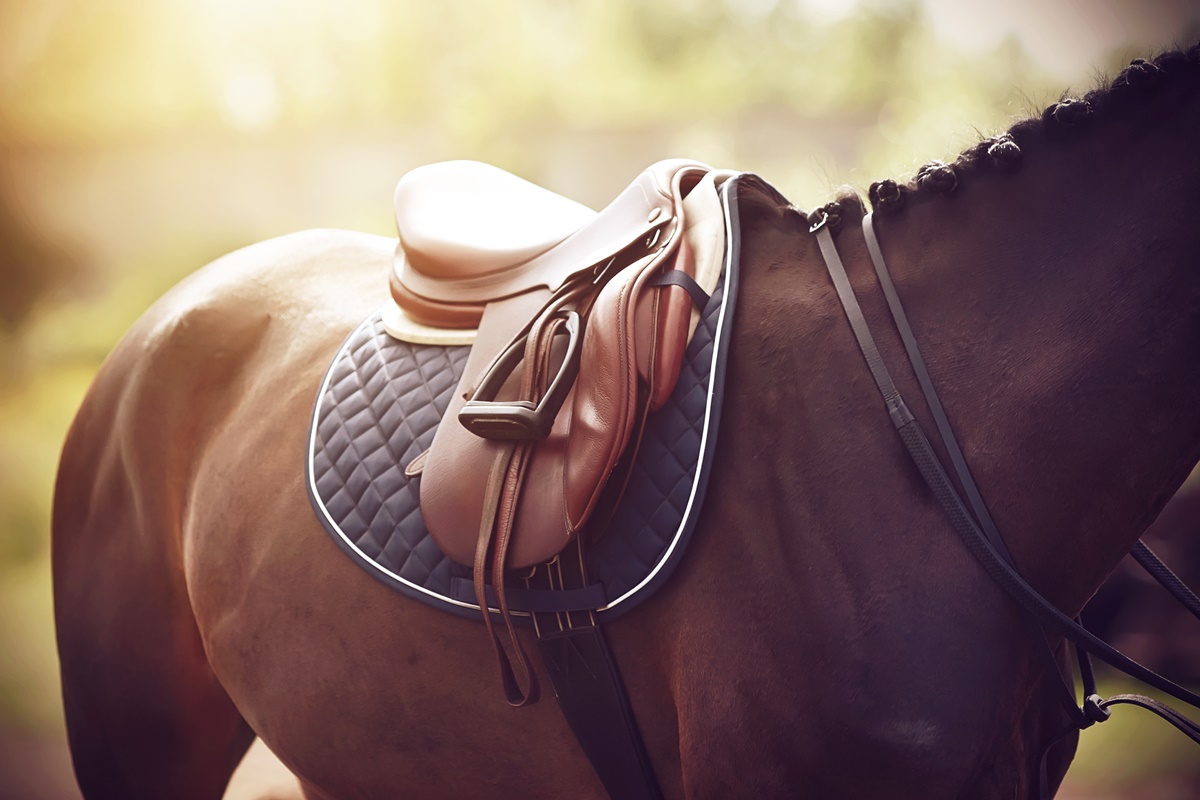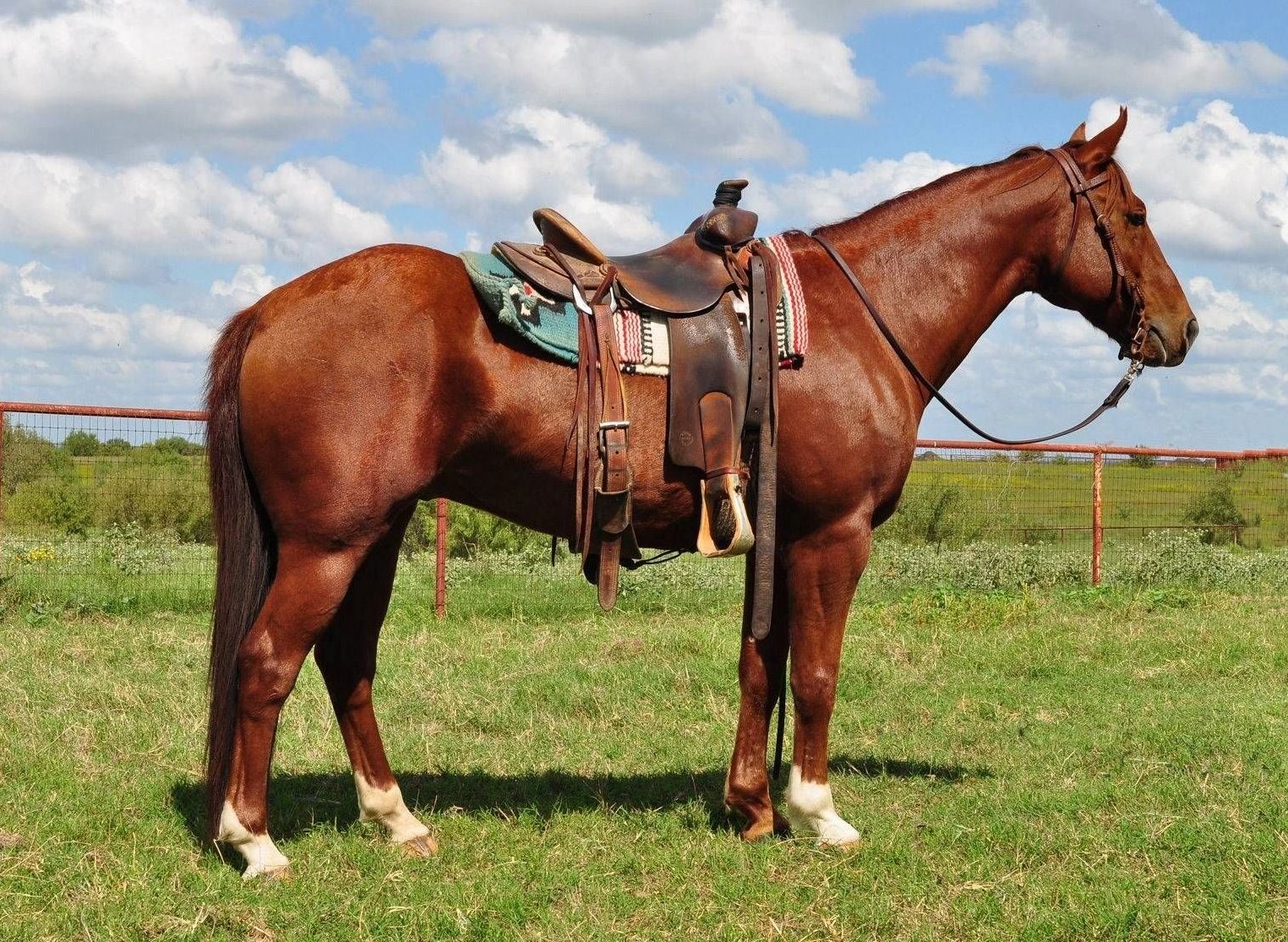
How to Measure a Saddle: Key Tips for Perfect Fit?
Share
When it comes to maintaining the health and comfort of your horse, knowing how to measure a saddle correctly is absolutely crucial. An improper fit can lead to significant discomfort for your pet, which is why understanding the measurement process can ensure both you and your horse are happy. Whether you're an expert horse rider or a health-conscious pet owner just getting into equestrian activities, this guide provides essential insights into saddle measurement.
Many factors contribute to choosing the right saddle, including the breed, size, and shape of your horse. Its not just about aesthetics either; the right fit can greatly affect your horse's performance and overall health. Lets break down how to measure a saddle effectively by looking at various factors.

Understanding Saddle Types and Dimensions
First and foremost, it is essential to understand the different types of saddles and their dimensions. There are multiple disciplines in riding, each requiring different styles of saddles:
- Dressage Saddles: Designed for precise movement and control.
- Jumping Saddles: Built for optimal balance and security during jumps.
- Western Saddles: Typically heavier, used for cattle herding and riding.
- Endurance Saddles: Lightweight for long distances.
The measurements usually consist of the saddle's width, length, and tree size. It is crucial to assess these elements to determine how well they fit your horse.

Measuring for Saddle Width
To determine how to measure a saddle for width:
- Assess the Horse's Withers: Start by measuring the horse's withers, where the saddle will sit. To get an accurate measurement, stand the horse on a level surface and take a measurement across the top of its withers.
- Decide on the Tree Width: Tree width pertains to the distance from one side of the saddle to the other. Use a flexible measuring tape to gauge this distance from the gullet, down to where the saddle meets the horse.
- Consider Additional Factors: The horse's back shape, muscle tone, and any potential tension points should also guide your decision.

Measuring for Saddle Length
Saddle length is equally as important in achieving the right fit. To measure the length:
- Find the Seat Size: The seat size refers to the deepest part of the saddle, and it is critical that the rider is comfortable while riding. Measure from the back of the cantle to the front of the pommel. A sitting ride often requires a length of 16 to 18 depending on rider size.
- Consider the Rider's Build: Keep in mind that the length will also depend on the rider's build; larger riders usually require longer saddles.

Finding the Right Fit for Your Horse
Achieving a snug fit is central to the saddle process. An ill-fitting saddle may cause issues ranging from discomfort to back pain for your horse. Here are some quick tips on securing an appropriate fit:
- After placing the saddle on the horse, make sure it sits level and not too low on the withers.
- Observe whether there are any gaps between the saddle and the horses back, indicating the saddle might be too wide.
- Check for pressure points by running your hands under the saddle while your horse is moving. If you feel areas with excessive pressure, consider making adjustments.
Utilizing Professional Help for Saddle Measurement
While measuring a saddle may seem straightforward, there may be instances when professional help is warranted:
If youre new to horse riding or have never measured for a saddle before, it may be beneficial to consult a professional saddle fitter. They can provide expert advice tailored specifically for your horses needs.
Utilizing resources like horse breeds may additionally provide insights concerning the specific saddle styles suited for your animal.
Common Mistakes While Measuring a Saddle
Even the most careful owners can make common mistakes when measuring a saddle. Here are a few pitfalls to avoid:
- Thinking one size fits allEvery horse is unique, so tailor your measurements accordingly.
- Not considering different disciplinesSaddles change based on whether youre jumping, riding western, or participating in dressage.
- Ignoring signs of discomfort from your horseWatch for behaviors that may indicate discomfort.
Helpful Resources to Refer To
There are plenty of resources available for owners looking to properly measure their saddles:
- Consider reading about how to saddle a horse.
- Taking a look at article on crafting a saddle may provide insights into measurements required.
- If you prefer making your own saddle, check out how to make one.
FAQ Section
What is the most common saddle width for horses?
The most common saddle widths are medium or wide, but it depends on your horse's conformation. Measuring accurately is key.
How often should I check my saddle fit?
Regularly check your saddle fit, especially during seasonal changes as your horse's shape may vary.
Do I need a professional saddle fitter?
While not mandatory, a professional saddle fitter can provide invaluable insights into achieving the perfect saddle fit.
As an Amazon Associate, I earn from qualifying purchases.
